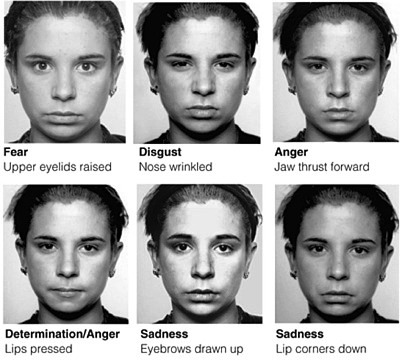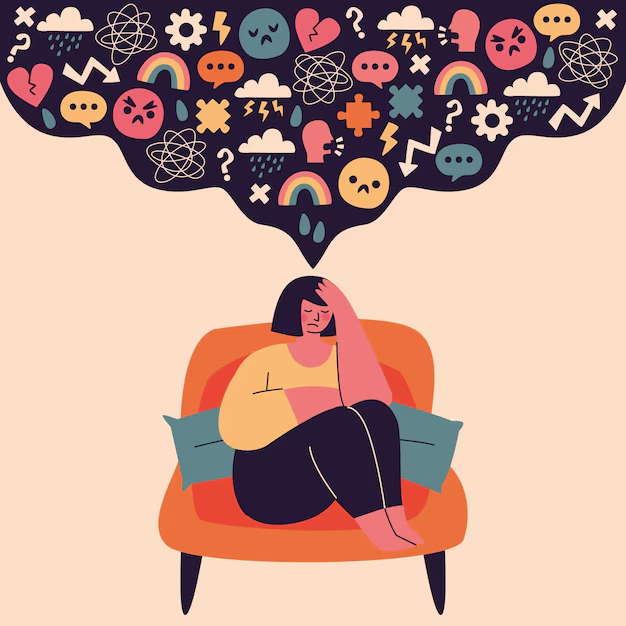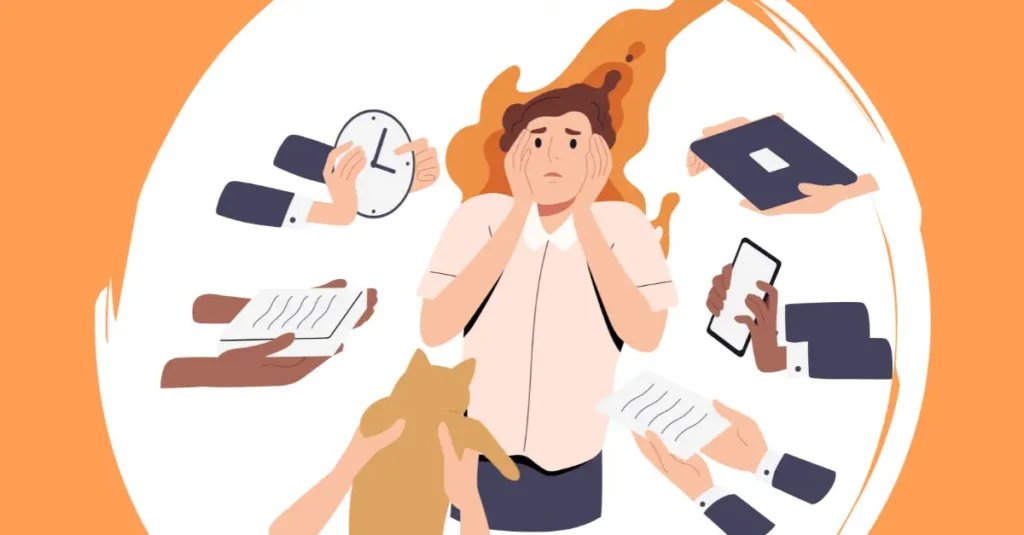Introduction
Imagine a world where smiles vanish beneath cloth—where catching a fleeting eyebrow raise or a quiver of the lip becomes detective work. In our newly masked reality, microexpressions (those blink-and-you-miss ’em cues) are playing hide-and-seek. This article dives into how masks have turned emotion reading into a subtle art, why our brains still crave those hidden signals, and how our social interactions are secretly evolving.
Read More: Emotions
What Are Microexpressions?
Microexpressions are ultra-brief, involuntary facial expressions that reveal genuine emotions—even when someone’s trying to hide them. They occur in less than half a second and are difficult to suppress. Psychologist Paul Ekman, along with colleagues such as Mark Frank, documented these tiny movements, connecting them to universal human emotions such as fear, anger, joy, sadness, contempt, and surprise (Ekman, 2003). They’re vital tools for empathy, lie detection, and authentic social connection.

But now… cue the masks.
Masks
With the lower half of the face cloaked, emotion recognition accuracy has been shown to drop significantly. Studies reveal that recognition of disgust, fear, surprise, sadness, and happiness all suffer when the mouth is covered, whereas anger and neutral expressions remain relatively intact (Carbon, 2020; Freud et al., 2020). For instance, a cheerful social smile becomes muted, even neutral—potentially interpreted as disinterest.

Children are also affected. Early evidence suggests that masks obscure cues critical during developmental stages, potentially influencing emotional learning and face recognition development (Ruba & Pollak, 2020).
Interestingly, while transparent masks restore emotion reading, they paradoxically disrupt later face recognition, showing a quirky mismatch in our cognitive systems (Kastendieck et al., 2021).
Why It Feels Odd and How Our Brains Cope
Not seeing someone’s smile or frown feels strange because humans rely on holistic face processing. Without the mouth and cheek cues, our brains overemphasize the upper half of the face, particularly the eyes and brow, to interpret feelings (Marini et al., 2021).
We also compensate through behavior. People exaggerate eyebrow movements, vocal tones, or body language. Social interactions are peppered with verbal reinforcements like “I’m happy to see you!” or playful thumbs-ups, mimicking the expressiveness normally carried by the mouth. These adaptations showcase the brain’s creativity in maintaining emotional communication.
The Social Ripple Effect
Emotion recognition isn’t just about reading feelings—it builds trust, strengthens bonds, and supports safety. Misinterpretations can lead to awkwardness, suspicion, or even conflict. A smile behind a mask, if unseen, might accidentally feel like coldness. Transparent masks improve clarity, but as noted, complicate memory recognition later (Kastendieck et al., 2021).
Yet it’s not all doom and gloom. Masked communication has nudged us toward clearer, kinder, and more deliberate emotional expression. In some ways, we’ve become more mindful communicators.
Conclusion
Masks may hide our smiles, but they highlight human adaptability. When microexpressions go underground, we invent new cues—raising eyebrows, exaggerating tones, and consciously choosing empathy. The challenge now is cultivating emotional literacy in this half-visible world. So next time you see a smile radiating only from the eyes, you’ll know: emotions always find a way through.
References
-
Carbon, C. C. (2020). Wearing face masks strongly confuses counterparts in reading emotions. Frontiers in Psychology, 11, 566886. https://doi.org/10.3389/fpsyg.2020.566886
-
Ekman, P. (2003). Emotions revealed: Recognizing faces and feelings to improve communication and emotional life. Times Books.
-
Freud, E., Stajduhar, A., Rosenbaum, R. S., Avidan, G., & Ganel, T. (2020). The COVID-19 pandemic masks the way people perceive faces. Scientific Reports, 10, 22344. https://doi.org/10.1038/s41598-020-78986-9
-
Kastendieck, T., Zillmer, S., & Hess, U. (2021). (Un)Mask yourself! Effects of face masks on facial mimicry and emotion perception during the COVID-19 pandemic. Cognitive Research: Principles and Implications, 6, 84. https://doi.org/10.1186/s41235-021-00346-4
-
Marini, M., Ansani, A., Paglieri, F., Caruana, F., & Viola, M. (2021). The impact of facemasks on emotion recognition and how to cope with it. Cognitive Research: Principles and Implications, 6, 33. https://doi.org/10.1186/s41235-021-00281-x
-
Ruba, A. L., & Pollak, S. D. (2020). Children’s emotion inferences from masked faces: Implications for social interactions during COVID-19. PLOS ONE, 15(12), e0243708. https://doi.org/10.1371/journal.pone.0243708
Subscribe to PsychUniverse
Get the latest updates and insights.
Join 3,027 other subscribers!
Niwlikar, B. A. (2025, August 26). The Important Hidden Language of Microexpressions. PsychUniverse. https://psychuniverse.com/hidden-language-of-microexpressions/



